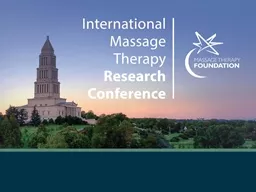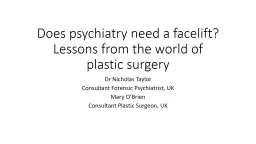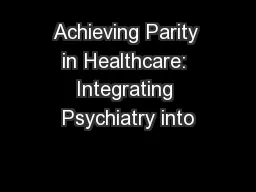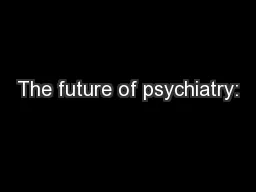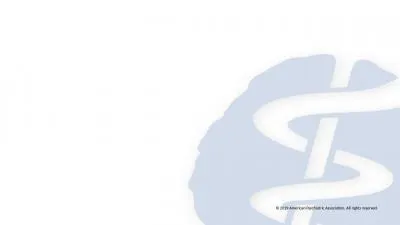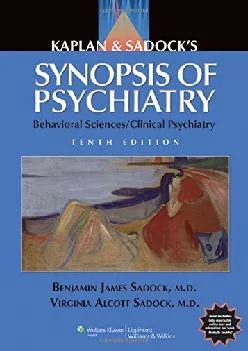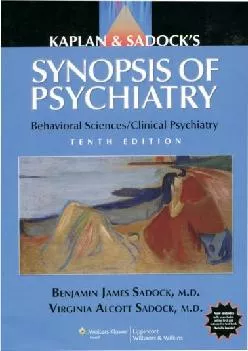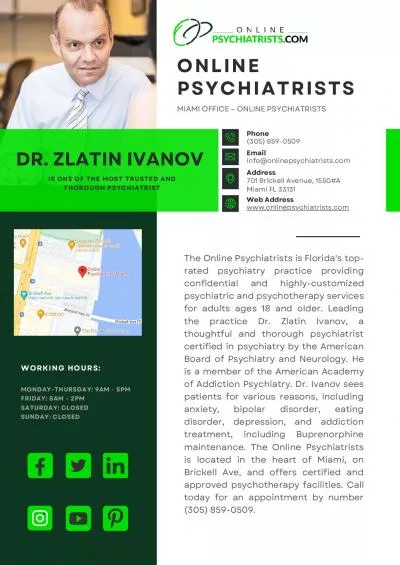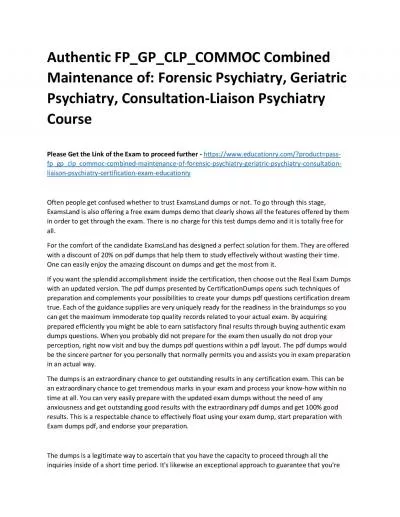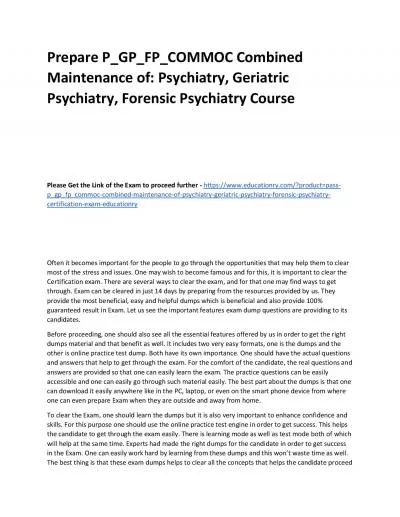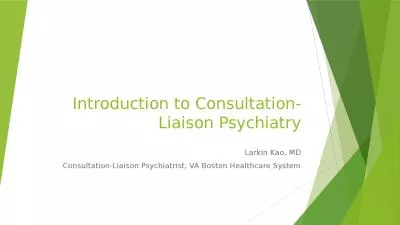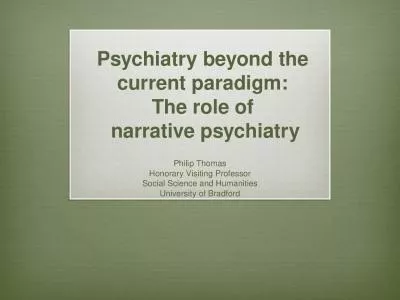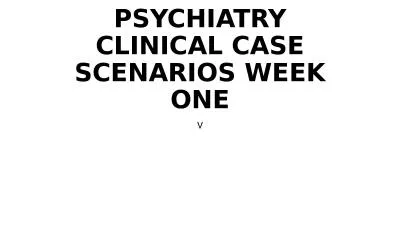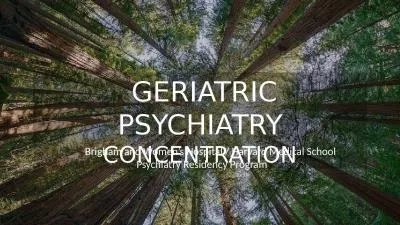PPT-Department of Psychiatry and Behavioral Sciences
Author : desiron | Published Date : 2020-06-16
Faculty Meeting April 24 2019 AGENDA 430 pm Introduction and Chair Overview Strategic Plan Update Risk Management Discussion Research Update Administrative Update
Presentation Embed Code
Download Presentation
Download Presentation The PPT/PDF document "Department of Psychiatry and Behavioral ..." is the property of its rightful owner. Permission is granted to download and print the materials on this website for personal, non-commercial use only, and to display it on your personal computer provided you do not modify the materials and that you retain all copyright notices contained in the materials. By downloading content from our website, you accept the terms of this agreement.
Department of Psychiatry and Behavioral Sciences: Transcript
Download Rules Of Document
"Department of Psychiatry and Behavioral Sciences"The content belongs to its owner. You may download and print it for personal use, without modification, and keep all copyright notices. By downloading, you agree to these terms.
Related Documents

